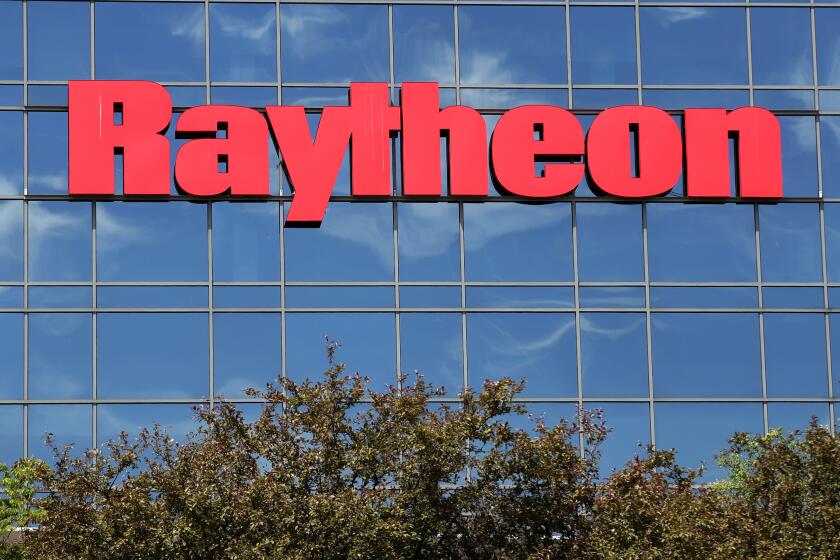Healthcare overhaul Q & A
Reporting from Washington — Last week President Obama signed into law the most sweeping healthcare overhaul in generations.
Now that the bill is law, how do I sign up for my new insurance?
Although there are some provisions that take effect this year, such as bans on lifetime limits and the denial of coverage to children with pre-existing conditions, the part of the bill that provides new insurance options does not take effect until 2014.
By then states will have created insurance exchanges, possibly online, where people who don’t get insurance from an employer or the government will be able to shop for policies that meet federal standards.
The policies sold on exchanges will be regulated by state and federal authorities and will be subsidized for many low- and middle-income Americans.
What’s to stop my insurer from raising my rates between now and 2014?
Under the new law, states and the federal government must create a process for reviewing rate increases starting with plans issued in 2010. Although this would not prevent insurers from raising rates in all cases, it is designed to discourage them from making unreasonable increases.
Unreasonably high increases could prompt state authorities to exclude those plans from the insurance exchanges when they open in 2014.
I have a pre-existing condition and recently lost my job -- and with it, my health benefits. What does this bill do for me?
You can keep the plan that you had through your job, but your former employer is not required to continue paying a share of your premium. To help with the added cost, government subsidies are available to cover 65% of the premium for 15 months. But once that expires, you’ll need to find insurance on your own.
If you are unable to buy insurance because of your pre-existing condition, you may be eligible to join a national high-risk pool, which will be created this year and will also subsidize premium costs. But only individuals who have been uninsured for at least six months will qualify for this pool.
I have prescription drug coverage under Medicare and will be hitting the “doughnut hole” pretty soon. What will the bill do to help me pay for my drugs?
Under the Medicare Part D program, seniors pay 25% of their drug costs up to a yearly limit of $2,830. After that they must pay 100% of the costs until their out-of-pocket total reaches $4,550, at which point catastrophic coverage kicks in and seniors pay just 5% of the cost for the rest of the year.
The difference between the yearly limit and the point where catastrophic coverage kicks in is called the “doughnut hole.” In 2010, seniors who reach the coverage gap will be eligible for a $250 rebate.
Starting in 2011, the government and pharmaceutical makers will begin phasing in subsidies and discounts on brand-name and generic drugs purchased in the gap.
By 2020, this program will have eliminated the gap entirely by covering 75% of seniors’ drug costs up to the catastrophic coverage limit.
I have a great insurance policy through my employer and I don’t want it to change. What’s this I hear about taxing my plan?
Democrats proposed bringing down healthcare costs by taxing “Cadillac plans” -- high-cost coverage plans provided by employers. Because employer-sponsored health benefits are not taxed, employers currently have an incentive to provide benefit increases rather than wage increases.
The “Cadillac tax” -- which takes effect in 2018 -- will cap the tax-free status of health benefits. Insurers will pay 40 cents on every dollar they charge above $10,200 for individual coverage and $27,500 for family coverage.
More to Read
Inside the business of entertainment
The Wide Shot brings you news, analysis and insights on everything from streaming wars to production — and what it all means for the future.
You may occasionally receive promotional content from the Los Angeles Times.










